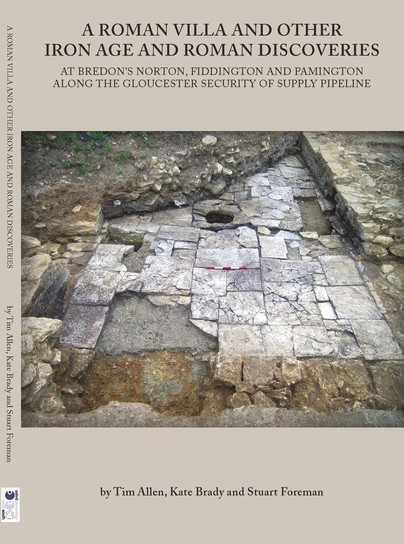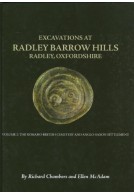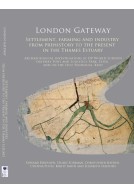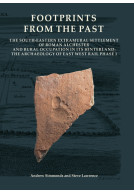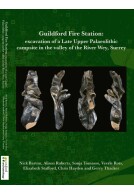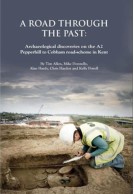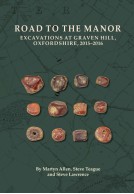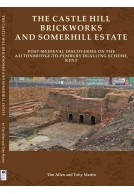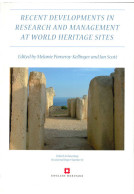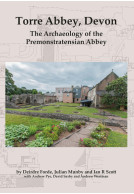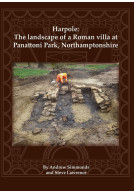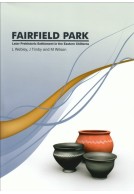Google Books previews are unavailable because you have chosen to turn off third party cookies for enhanced content. Visit our cookies page to review your cookie settings.
A Roman Villa and Other Iron Age and Roman Discoveries (Paperback)
At Bredon's Norton. Fiddington and Pamington along the Gloucester Security of Supply Pipeline
Imprint: Oxford Archaeology
Series: Oxford Archaeology Monograph
Pages: 198
ISBN: 9780904220766
Published: 27th April 2016
Script Academic & Professional
Series: Oxford Archaeology Monograph
Pages: 198
ISBN: 9780904220766
Published: 27th April 2016
Script Academic & Professional
You'll be £6.95 closer to your next £10.00 credit when you purchase A Roman Villa and Other Iron Age and Roman Discoveries. What's this?
+£4.99 UK Delivery or free UK delivery if order is over £40
(click here for international delivery rates)
Need a currency converter? Check XE.com for live rates
(click here for international delivery rates)
Need a currency converter? Check XE.com for live rates
This report presents the results of archaeological investigations along the 17km-long Gloucester Security of Supply Water Pipeline in the vicinity of Tewkesbury. The archaeological mitigation works were commissioned by Severn Trent Water; following evaluation of the whole route, three sites were chosen for excavation, at Fiddington and Pamington in Gloucestershire and at Bredon’s Norton in Worcestershire.
The site at Pamington revealed oval enclosures of mid-late Iron Age date, that at Fiddington elements of a rural settlement spanning all of the Roman period. At Bredon’s Norton the pipeline cut through a series of Iron Age and Roman settlement enclosures and their internal features, and also included human burials of both periods. Unusually, one Iron Age burial was accompanied by a saw, and among the Roman burials was a cemetery of seven newborn infants.
An unexpected discovery was the remains of a Roman bath-house with a plunge pool flagged with stones and decorated with painted wall-plaster. This was later drained and had a central cistern inserted, while the loft was used to store grain. The building was destroyed by fire at the very end of the Roman period, resulting in the exceptional preservation of charred grain, together with fragmentary timbers, on the floor.
Customers who bought this title also bought...
Other titles in the series...
Other titles in Oxford Archaeology...







